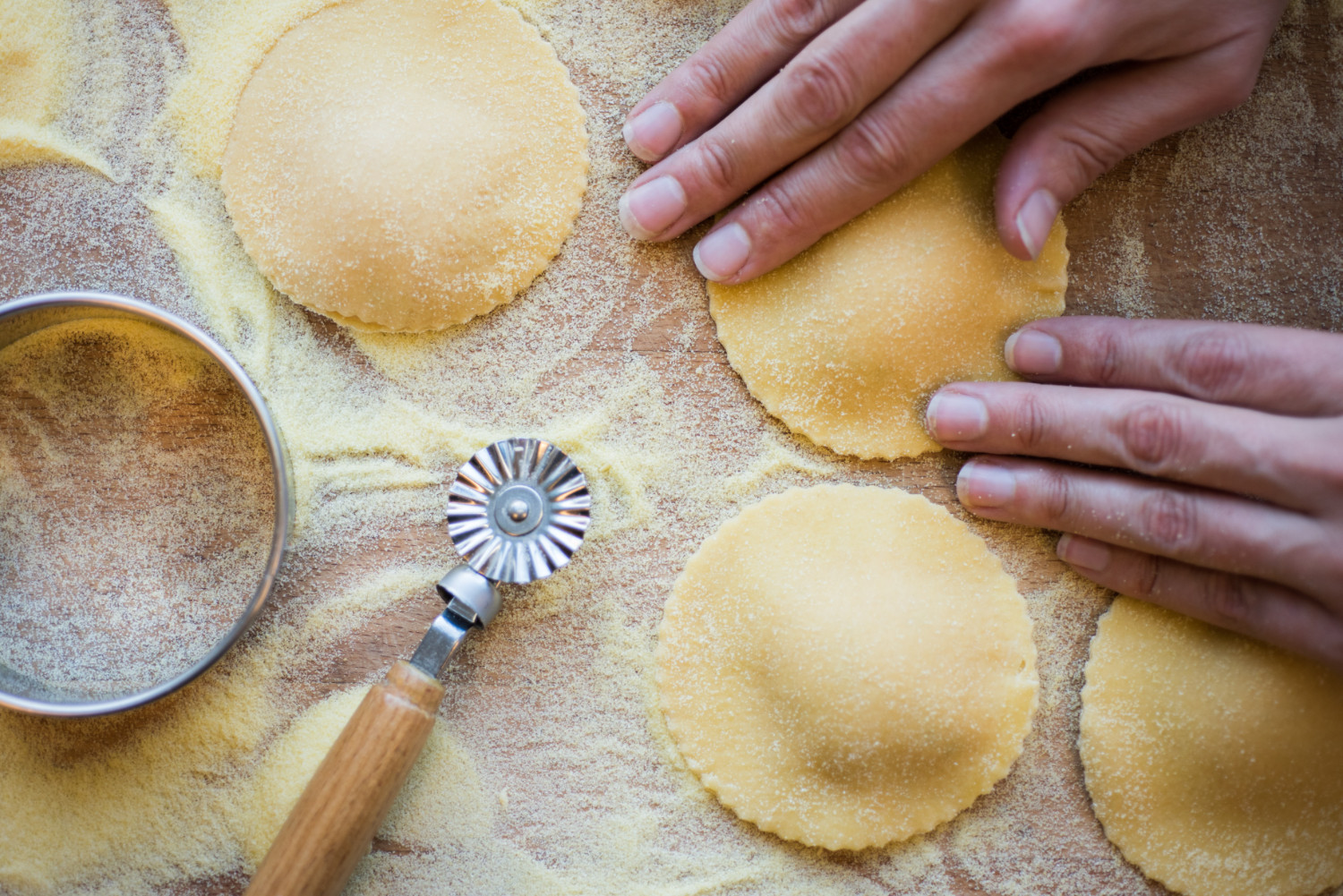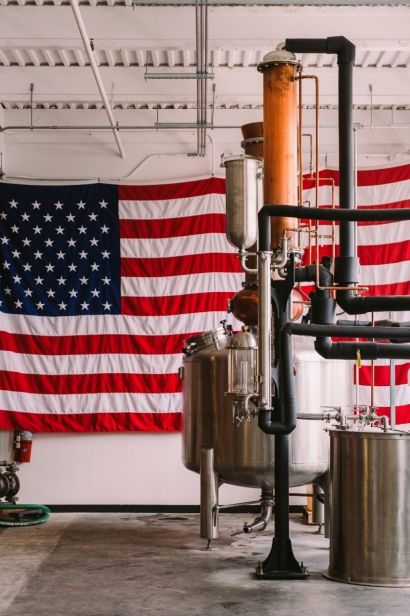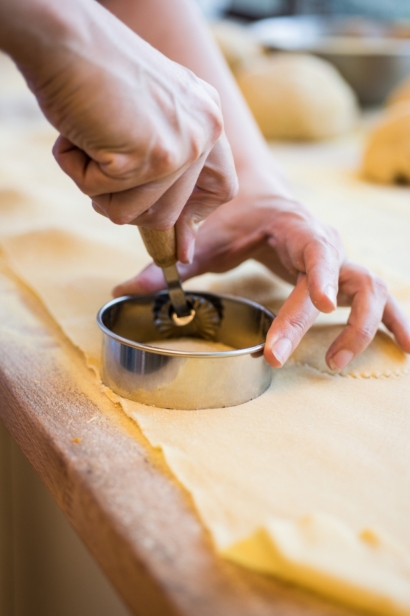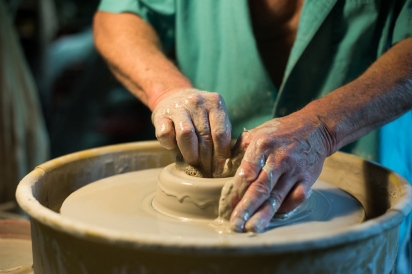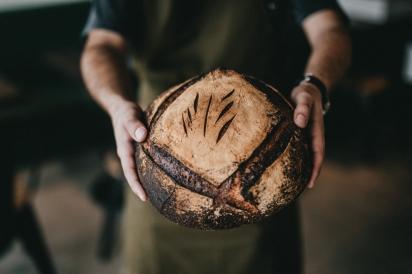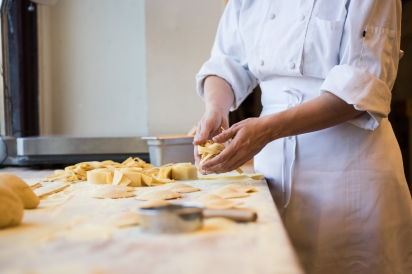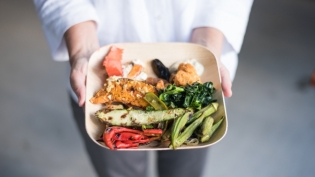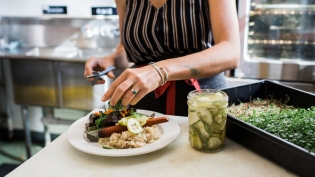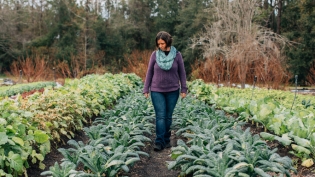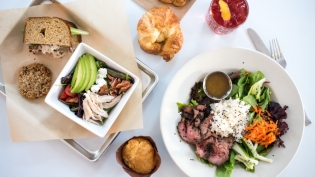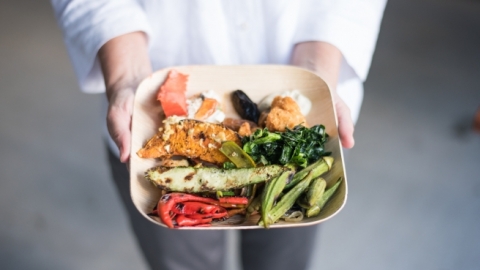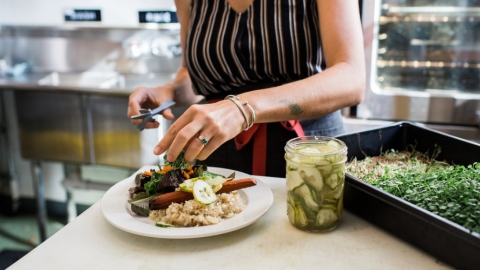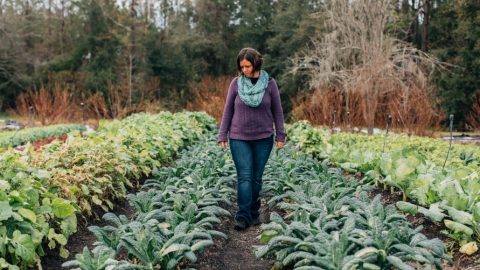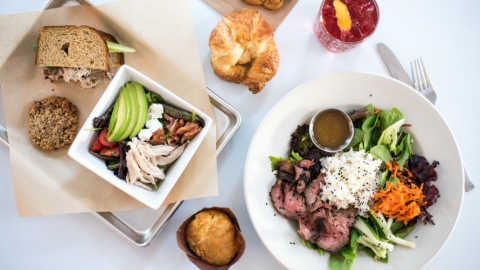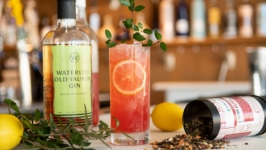Artisans Craft a New Economy
The narrative is familiar. Visit any modern American city and you’ll notice similar trends. There are hip, thriving neighborhoods within city limits or just outside in the urban sprawl. Many of these neighborhoods have rich histories, and are bouncing back after a generation of decline and degradation.
Meanwhile, technology makes the world at large feel simultaneously smaller and more interconnected, yet vastly more complex and difficult to navigate. In a time where it can feel like there’s an infinite amount of noise and channels in the outside world, it seems people look inward more often than not — to their homes, neighborhoods and immediate communities — to find a very direct, palpable connection.
Conversations about gentrification and revitalization swirl as new industry and independent businesses are built from the ashes of the past, often literally, ignited by inspiring stories of redemption and newfound careers. Whole regions, mostly known for specific, long-dead industries have reinvented themselves and are finding new ways to build community.
Enter the Artisan renaissance.
There are coffee shops and trendy barbers, speakeasies and micro-breweries, farmers’ markets, butcher shops and small makers. At the heart of it is a return to the tangible, i.e., a departure from the general, big-business machine that lacks uniqueness, character or any sense of place.
In his 2017 book “Masters of Craft: Old Jobs in the New Urban Economy,” Richard Ocejo suggests a whole generation’s return to city living is intrinsically tied to these “new” businesses.
“In-the-know, middle-class urbanites, the lifestyle media and hip consumers all regard young people who want to make exquisite cocktails and small batches of booze, coif retro hairstyles and break down whole animals into unusual cuts of meat as being on the cutting edge of the postindustrial city’s cultural cornucopia, and at the vanguard of what makes a city worth living in as a provider of cool amenities,” he wrote. “So much of today’s post-industrial city revolves around consuming, particularly in gentrifying neighborhoods.”
Call it what you want – the Makers Movement, the Craft Revolution or perhaps some weird blend of hipster, artisan and DIY culture that just won’t go away. It’s arguably been happening for more than a decade and shows no signs of slowing down. And more times than not businesses in the food and beverage industries have been the catalysts for these sweeping changes.
There are countless stories of breweries setting up shop in otherwise abandoned neighborhoods. Or chefs who have returned to their native cities after stints in larger, established markets like Los Angeles, New York or Chicago, determined to make an impact in their hometown and continue to reshape local culture. And often it’s businesses in the food and drink realm that prove a particular neighborhood can be a place of positive growth and success, creating opportunity for other new, local businesses to move in and set up shop, and in turn help whole communities to flourish.
“Indeed, the food industry in general is a leading locus in the United States for the emergence of ‘artisanal’ and craft-based endeavors,” Ocejo wrote. “But in today’s age of cultural omnivorousness, when the boundaries surrounding high and low culture have become blurred, savvy consumers look deeper into a food item’s provenance, such as who made it, how and where, and how exactly it got on their plate, to demarcate taste.”
But why food? And why do we care more now? Take a walk into any grocery store and it’s impossible not to come across the buzz words of the decade: words like “craft,” “authentic,” “local” or “handmade.” Ocejo suggests that these words give off the idea of being of a higher quality, and more desirable to the average consumer.
What does that say about our culture now and why is it significant? It certainly feels like an awakening of sorts. Some combination of awareness, personal health, satisfaction and a desire for connection. Real connection.
In a 2014 interview with Smithsonian Magazine, the late American chef and author Anthony Bourdain posited that perhaps the U.S. was finally realizing what other cultures have long-known about people’s relationship to food and how it affects society.
“We’re just catching on,” he said. “We are changing societally, and our values are changing, so that we are becoming more like Italians and Chinese and Thais and Spaniards, where we actually think about what we’re eating, what we ate last night and what we’re considering eating tomorrow.”
Think about what a typical weekend in Northeast Florida has looked like in recent years. Friday nights can be spent in creative, artistic districts, drinking craft cocktails made with spirits and bitters from local distilleries while learning about the careful science of mixology.
Saturdays can be spent at one of several farmers’ markets, sipping fresh brewed coffee made just blocks away while purchasing produce grown within a 30-mile radius. Sundays can be spent enjoying, (gasp), an artisanal brunch at one of the dozens of quality restaurants.
There’s a strange sense of comfort in enjoying something that someone else made or picked or grew with their own hands. There’s a real connection when that person has a face and is a neighbor, and the pride that comes from supporting a product from your own backyard.
It would seem in some way that the dining table has once again become a sacred place, and that doesn’t necessarily mean in the home, either. It’s anywhere that bread is broken among friends, toasts are made and fellowship shared with what’s on your plate and in your glass.
If the Makers Movement shows us anything, it’s that people want to make their worlds smaller and tighten their circles. They want to know where the items they purchase are made and that they came from somewhere they know and can easily visit, by someone they trust and are happy and proud to support.
In hindsight, it seems strange to think that it hasn’t always been this way.
“A lot of the sort of hypocrisy and silliness and affectation of current American food culture is just fits and starts, awkwardly and foolishly growing into a place where a lot of older cultures have been for quite some time,” Bourdain said.
Thankfully, it seems that the growing pains will only lead to stability, quality and more growth. Look at the growing number of stories in this region of chefs, brewers, farmers, restaurant owners, distillers and people in the food and drink industry affecting large-scale community change.
At any given moment there’s a new, more connected, seat at the table and everyone’s invited to join.


